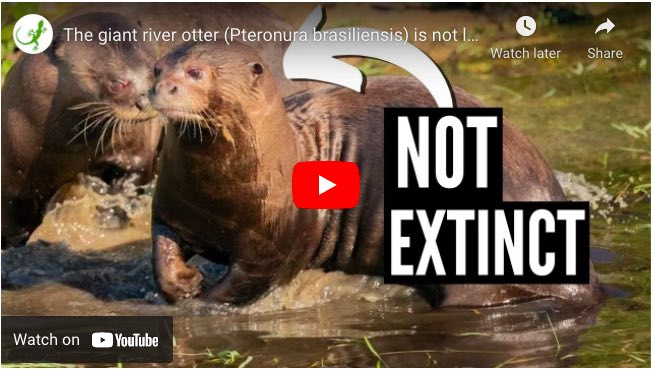
What is a salt marsh?
A salt marsh is a type of coastal wetland. Salt marshes are found where rivers or streams flow into the ocean. In these estuaries, fresh water mixes with salt water as ocean tides move in and out.
A salt marsh is an important ecosystem: Salt marshes act as giant filters, trapping pollutants such as pesticides, herbicides, and heavy metals that would otherwise wash out to sea. They also provide critical habitat for fish and other species. They help stabilize shorelines. They even store carbon.
Yikes! Salt marshes around the world are in trouble
In many parts of the world, salt marshes are disappearing. Rising sea levels associated with climate change are eroding away these coastal habitats. Salt marshes are also threatened by coastal development, aquaculture, pollution, and invasive species.
A study published in 2022 used satellite imagery to figure out that Earth lost 1,453 square kilometers (561 square miles) of salt marsh between 2000 and 2019. That is an area about half as big as Yosemite National Park.
But there is good news from a salt marsh in California
A happier story is emerging in Elkhorn Slough, a salt marsh near Monterey, California. In this salt marsh, erosion has slowed and new vegetation is growing back in. Marine ecologist Brent Hughes and a team of international researchers figured out that this had a lot to do with a special resident – sea otters – and their choice of food.

Brent Hughes first noticed sea otters using the tidal creeks and salt marshes of Elkhorn Slough in the early 2010s. This got him thinking about the relationship between the otters and the coastal wetlands they inhabited. Otters used to be abundant in many estuaries along the West Coast of the United States. But they were mostly wiped out by fur traders in the 19th century.
Now, the otters are back. And they are changing the marsh for the better by munching on crabs.

Burrowing crabs are known to eat salt marsh roots and dig into the soil, which can cause parts of the salt marsh to collapse.
“Without the sea otters, the marsh looked like Swiss cheese and [was] very unstable,” Hughes said. “You’d walk along the edge and big chunks of the marsh would just calve off, kind of like an iceberg calves off. And once those calving events occur and the marsh falls into the water, it’s gone. It’s not coming back without a lot of intervention.”
Luckily for the Elkhorn Slough, sea otters eat a lot of crabs. Otters need to eat around 25% of their body weight daily, or about 9-11 kilograms (20-25 pounds).
“We’re realizing how important these predators can be,” Hughes said. “And this is one of those prime examples of a recovering top predator that actually can build in resilience to the ecosystem without us having to do anything.” Ecosystem resilience means that an ecosystem can recover from disturbances (like being eaten by crabs).
The new study by the researchers combined a decade’s worth of data from large-scale surveys across 13 tidal creeks of Elkhorn Slough.
The study also included small-scale field experiments at five locations around the estuary. The experiments allowed the otters to colonize some sites but excluded them from others. The researchers collected measurements and observations on the ground, and they also used aerial photography dating back to the 1930s to assess the salt marsh erosion over time.
The scientists found that in places where sea otters were abundant, the erosion of the salt marsh had slowed by as much as 80-90% over the course of the study.
As sea otters expand their populations and reoccupy their former range along the estuaries and salt marshes of western North America, they may help more of these salt marsh ecosystems recover.
David Brown adapted this story for Mongabay Kids. It is based on an article by Elizabeth Claire Alberts, published on Mongabay.com:






